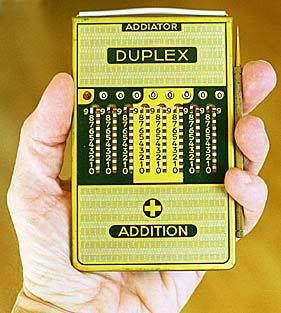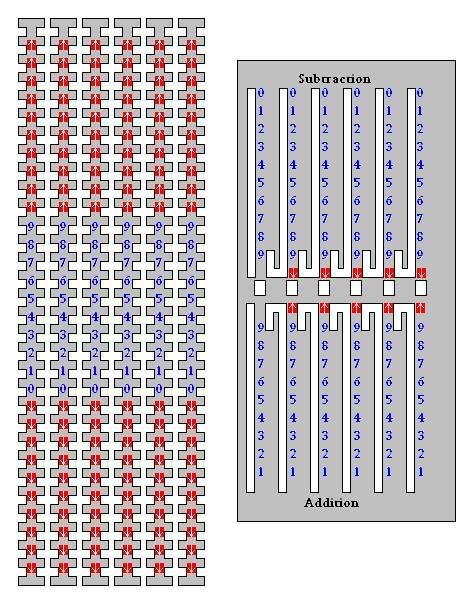Ok like the title says so you want to beat metal on a anvil?
Well let me tell ya blacksmithing is one of those hobbys that has a decent PAW life attached to it as if you are good, and that is a big if, you can make anything. (even firearms with enough time)
Some people say you need an expensive Peddinghaus (Ie Rigid) Anvil and a Brick work forge with a smoke hood and a nice big electric squirrel cage blower but I'm gonna tell you that it isn't so.
You can make your own forge for nothing but your time if you are good at scavenging parts and this little article will tell you how.
Brake Drum ForgeSo you need an anvil now too because if you have a forge you need something to beat your metal on.
Making RR Rail Tools and AnvilsYou may notice that I reference
www.AnvilFire.com a lot it is because their I forge how to guides are top notch and free.
I decided that the above anvil is a lot of work for a little pay off so I bought a cheap cast steel anvil from Harbor freight. I bought the most expensive 55Lb anvil that they had and I think I paid about $60. The cheaper ones they carry are just pig iron anvil shaped objects that wont work well for long. granted the horn was rough as all hell but my grinding wheel took care of that really quick.
A suitable stump will raise the anvil top to the height of your knuckles it can be anything of suitable weight but I used a log stood on end to hold the anvil to the log I drove landscaping spikes and bent them over the feet to keep the anvil in place. And should be a minimum of the same weight as the anvil. 55lb anvil minimum 55lb stump but that is just my preference.
Now that you have a anvil and forge you need something to hit the hot steel with a hammer. Believe it or not Sears still carry's a craftsman 2lb cross peen hammer that is the ideal weight for banging steel (I paid $20 for mine at the sears in the mall) but any ball peen or drilling hammer will work ( I have a couple on my bench because sometimes they work better ) Sorry for the caps but this is the most important thing for this paragraph. DO NOT USE A CLAW HAMMER!!! IT WILL ACT LIKE A TUNING FORK THE CLAW WILL BREAK AND I HAVE SEEN ONE GET LODGED INTO SOMEONES FORE HEAD.
To hold short lengths of metal and to keep your hands from turning to charcoal a pair of tongs are a requirement they can be anything from purpose built blacksmith tongs to Pliers. Vise grips were actually invented by a blacksmith because he wanted a pair of locking quick release tongs.
Safety Equipment
Eye protection is a must you only have 2 eyes and if you burn them out with hot metal the zombies will eat you real quick.
Welding gloves I thought I didn't need gloves one time and that one time sent me to the ER with a 3rd degree burn.
Aprons a dual layer denim apron at the minimum with no pockets it will keep hot metal from getting caught in your pants and burning off your ho ha. Leather is best as it will last longer before it burns through
Steel toe shoes or boots something that if you drop a 2-8 pb sledge on wont break your toes and make sure that your pants cover the tops of your boots so that hot bits cant fall in
You will get burned some time or another the above will just limit how bad you get burned
Since you have all your equipment and are ready to start forging your masterwork ( with lots of practice ) you just need 2 things. 1 something to heat (ie steel or iron) and 2 something to burn to heat 1 ( like coal or lump charcoal.
If going the coal route Pocahontas anthracite coal is the best stuff out there but it is hard to find ( I haven't used it ) so I go to the old stand by of lump charcoal you will go through quite a bit of it and it is difficult to forge weld with ( still haven't gotten a decent weld) but it is cheap and you can find it anywhere ( I go to wally world in the spring and bring home 20 bags)
Hope this and the info from anvilfire helps ya out any other questions feel free to ask. and ill help find the answers
To see the original post, please visit:
www.TheOmegaMan.org/Forum



